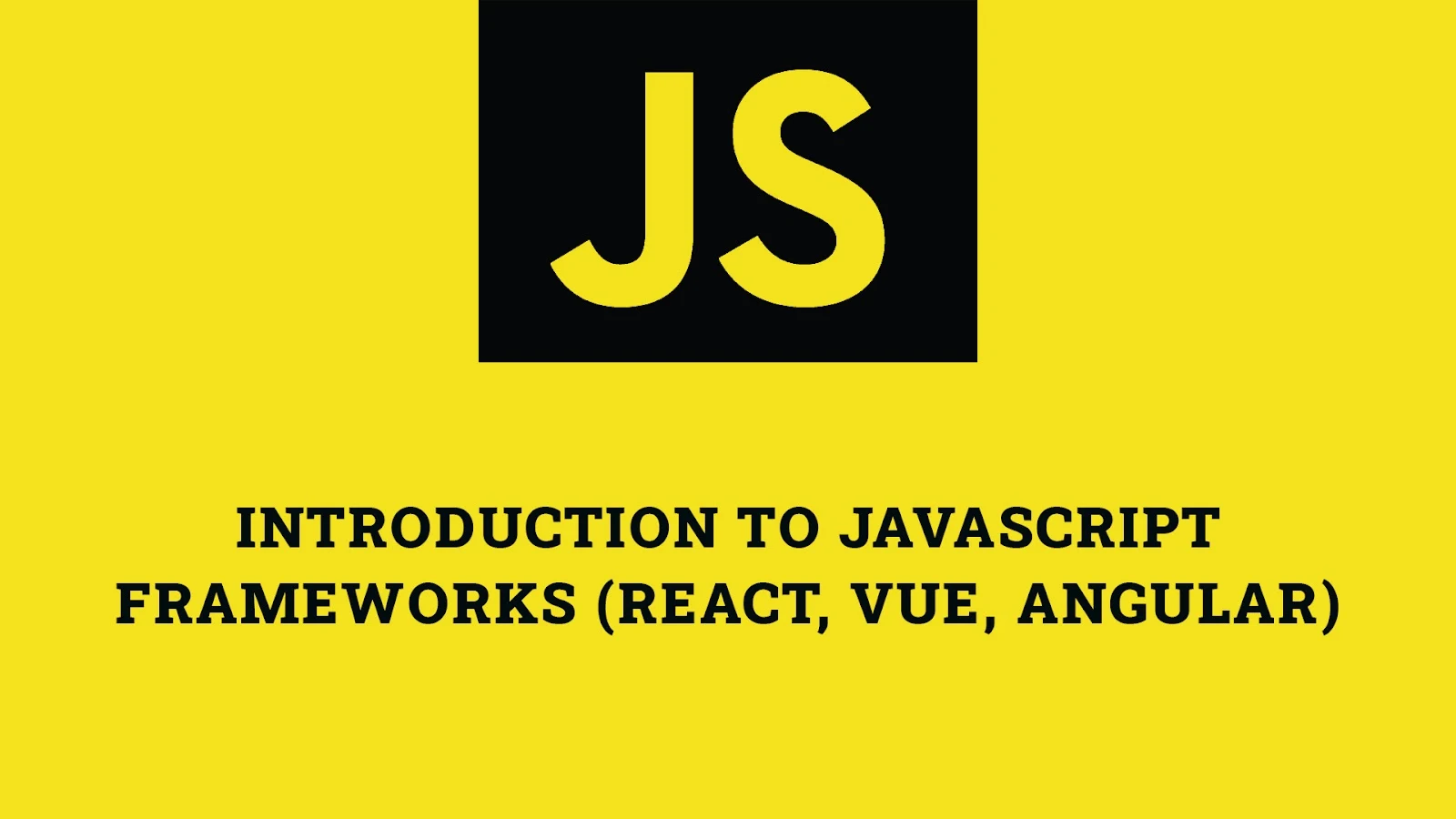Introduction
JavaScript frameworks have revolutionized web development by providing structured, maintainable, and scalable solutions for building complex web applications. Three of the most popular JavaScript frameworks are React, Vue, and Angular. This article introduces these frameworks, highlighting their key features and differences.
React
React is a JavaScript library developed by Facebook for building user interfaces. It is based on a component-driven architecture, where UI elements are encapsulated within reusable components. React's virtual DOM improves performance by efficiently updating the real DOM. It is widely used for developing single-page applications (SPAs).
Key Features of React
- Component-Based: Build encapsulated components that manage their own state.
- Virtual DOM: Efficiently updates the real DOM by re-rendering only the components that change.
- JSX: A syntax extension that allows mixing HTML with JavaScript.
- Unidirectional Data Flow: Ensures data flows in one direction, making it easier to understand and debug.
Vue
Vue is a progressive JavaScript framework for building user interfaces. Developed by Evan You, Vue is designed to be incrementally adoptable, meaning you can use as much or as little of the framework as needed. Vue's reactive data binding and component system make it easy to create dynamic, interactive web applications.
Key Features of Vue
- Reactive Data Binding: Automatically updates the view when the data changes.
- Component-Based: Build reusable, self-contained components.
- Single-File Components: Define components using HTML, CSS, and JavaScript in a single file.
- Flexibility: Can be used for small projects or large-scale applications.
Angular
Angular is a comprehensive JavaScript framework developed by Google for building web applications. It is based on TypeScript and provides a robust set of tools for creating large-scale applications. Angular's dependency injection and declarative templates make it a powerful and flexible framework.
Key Features of Angular
- Two-Way Data Binding: Synchronizes data between the model and the view automatically.
- Dependency Injection: Manages the dependencies of components, improving modularity and testability.
- TypeScript-Based: Leverages TypeScript for better tooling and type safety.
- Declarative Templates: Use HTML to define the view's structure and behavior.
Comparing React, Vue, and Angular
Each of these frameworks has its own strengths and weaknesses, making them suitable for different types of projects. Let's compare them based on several factors:
1. Learning Curve
- React: Moderate learning curve. Requires understanding of JavaScript ES6, JSX, and component-based architecture.
- Vue: Gentle learning curve. Easy to integrate into existing projects and understand, especially for beginners.
- Angular: Steep learning curve. Requires understanding of TypeScript, dependency injection, and comprehensive framework concepts.
2. Performance
- React: High performance due to the virtual DOM and efficient rendering.
- Vue: Excellent performance with its reactive data binding and efficient rendering.
- Angular: Good performance with features like Ahead-of-Time (AOT) compilation and tree-shaking to optimize delivery.
3. Ecosystem
- React: Large ecosystem with a wide range of libraries and tools for state management, routing, and more.
- Vue: Growing ecosystem with official libraries for state management, routing, and server-side rendering.
- Angular: Comprehensive ecosystem with built-in tools for state management, routing, and form validation.
Choosing the Right Framework
When choosing a JavaScript framework, consider the specific needs of your project, your team's expertise, and the long-term maintainability of the application. Here are some recommendations based on different scenarios:
1. Small to Medium Projects
Vue is a great choice for small to medium projects due to its simplicity and flexibility. It allows for quick setup and incremental adoption.
2. Large-Scale Applications
Angular is well-suited for large-scale applications that require a comprehensive framework with robust tools and features.
3. Reusable Components
React is ideal for building applications with reusable components and complex user interfaces. Its component-based architecture and virtual DOM make it highly performant.
4. Flexibility and Integration
Both React and Vue are highly flexible and can be easily integrated into existing projects, making them suitable for a wide range of use cases.
Conclusion
React, Vue, and Angular are powerful JavaScript frameworks that offer different approaches to building web applications. React is known for its component-driven architecture and virtual DOM, Vue for its reactive data binding and flexibility, and Angular for its comprehensive set of tools and TypeScript integration. Understanding the key features and differences between these frameworks can help you choose the right one for your next project.
 Reviewed by Curious Explorer
on
Saturday, November 30, 2024
Rating:
Reviewed by Curious Explorer
on
Saturday, November 30, 2024
Rating:




No comments: